Car review: Nissan Leaf
The Japanese company is charging ahead in the race to refine and improve the all-electric car... but do the numbers add up for potential buyers?
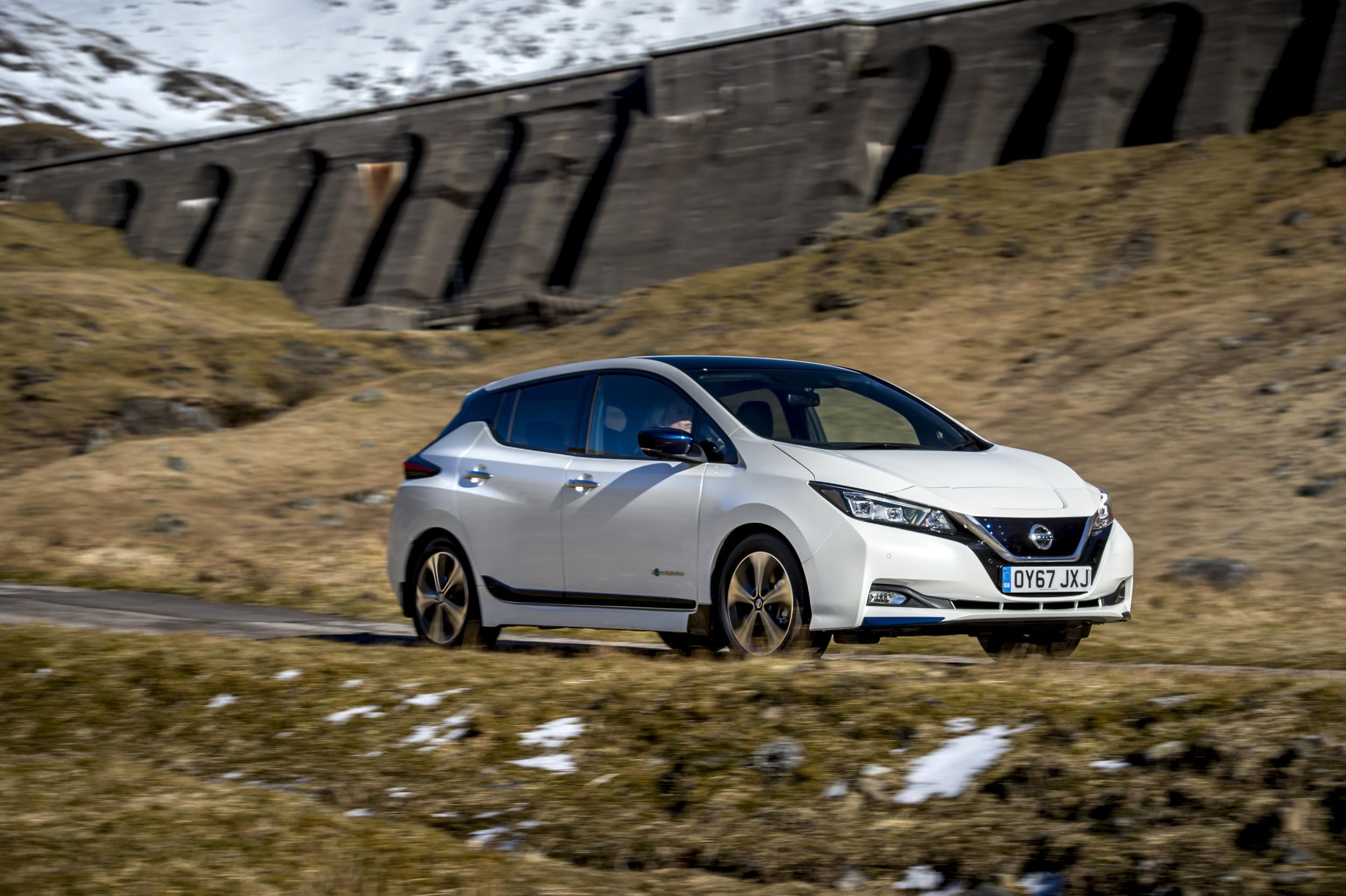
The question that normally arises when a manufacturer brings out an “all-new” model is: Is it any better than the old one?
Surprisingly, given the £1bn plus it costs to develop a new car, the answer is sometimes “er, no”. Think, if your memory runs far enough, to various failed new iterations of long-running favourites such as the Ford Escort, the VW Golf, Mercedes-Benz E-Class, or the Nissan Micra. To the great disgrace of some of the biggest car groups on the planet, sometimes they have manifestly succeeded in putting their engineering into reverse. I don’t know how the managed to do it, but they surely did.
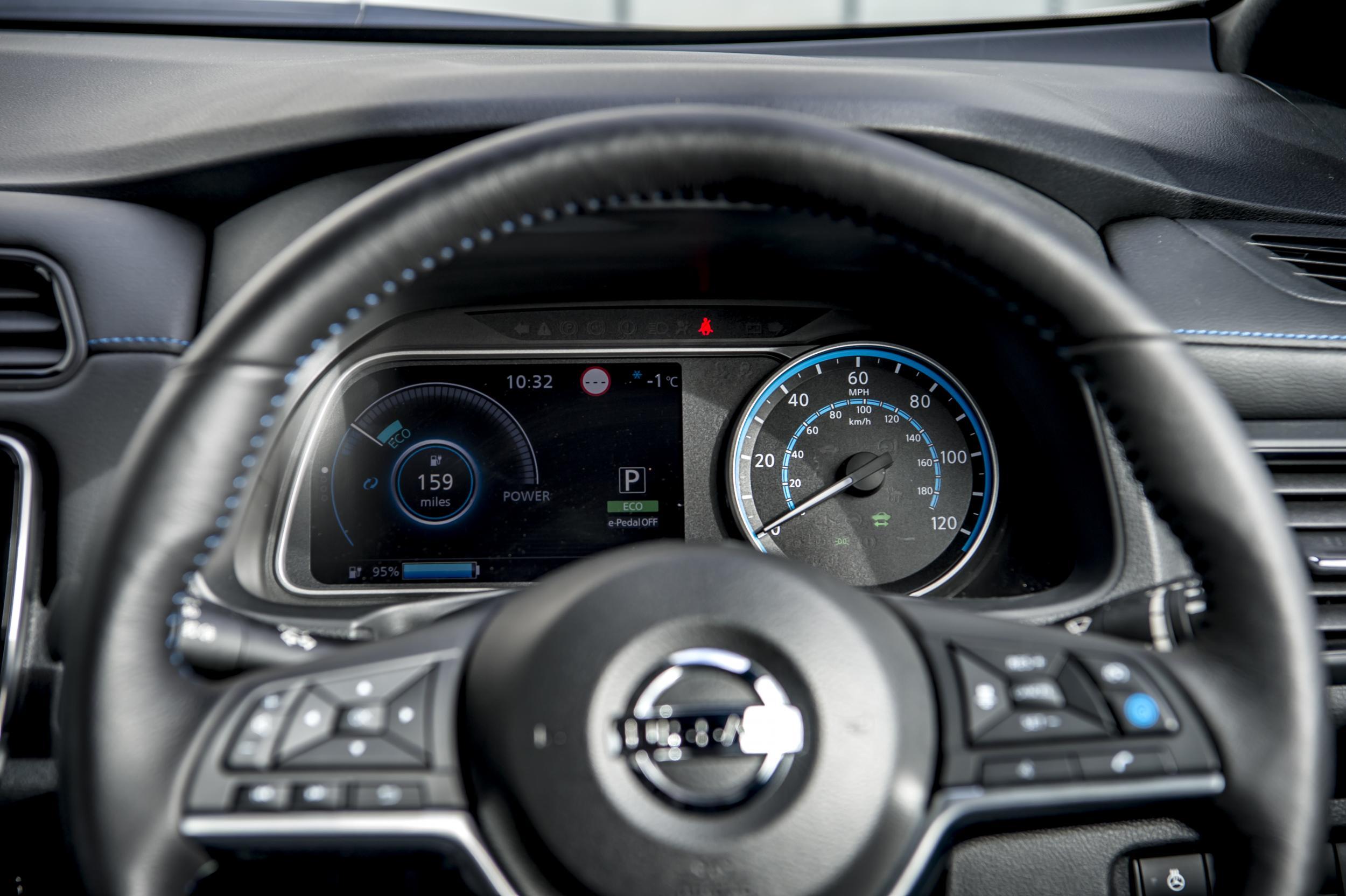
Nissan, at any rate, is making up for past transgressions with this extremely important new Leaf. Important, that is, for what it represents for the company and the future of motoring. The planet even. It is, it’s worth stressing, one of the few remotely affordable, practical all-electric “pure battery” models on the market. The Mark 1 Leaf was the best seller, too, commanding around 50 per cent of market share for all-electric vehicles (though that whole sector only amounted to 13,500 vehicles last year, out of 2.5 million new cars sold). That the Nissan Leaf is the world’s best-selling zero-emissions electric vehicle on a total production of about 300,000 since its 2010 launch says a lot about how good the vehicle is, but also how much more work needs to be done to make pure electric cars mainstream. (That 300,000 figure is, say, equivalent to about three months’ worth of VW Gold production.)
Anyway, is the new car better than the old one? Will it go further on a charge? Will it go faster? Is it more comfortable?
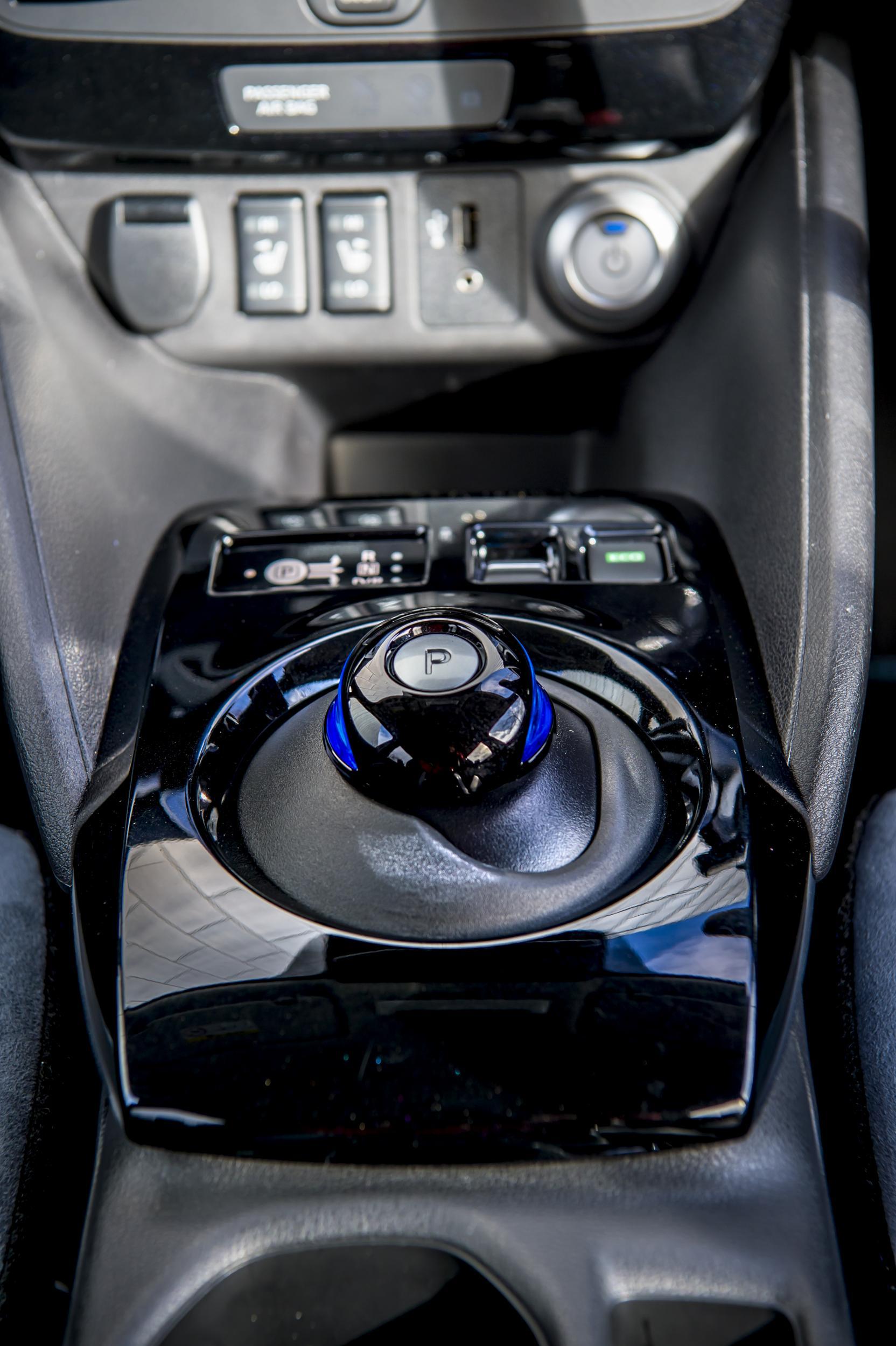
Yes, yes, yes and yes.
On the most important metric of all – real-world range – the new Leaf represents a considerable improvement on the old car. There’ve been some important changes to the way these “real world” electric car range figures are estimated, so it’s important to compare like-with-like. On the older basis for stating range, “NEDC” (New European Driving Cycle), this Mark 2 Leaf will take you about 235 miles in “mixed” driving, up about 50 per cent from the 155 miles you could squeeze out of the last edition of the older car. Quite a Leaf leap forward, no?
The new basis for stating an electric car’s range is called “WLTP” (Worldwide Harmonised Light Vehicle Testing Procedure), and the old car wasn’t tested on it. On this, presumably more realistic, basis your Nissan will take you up to 177 miles on the combined cycle, or up to 258 miles in city conditions, on a single charge. In short, your “range anxiety” should be duly allayed – given that the great majority of journeys, even round trips, are much shorter than this.
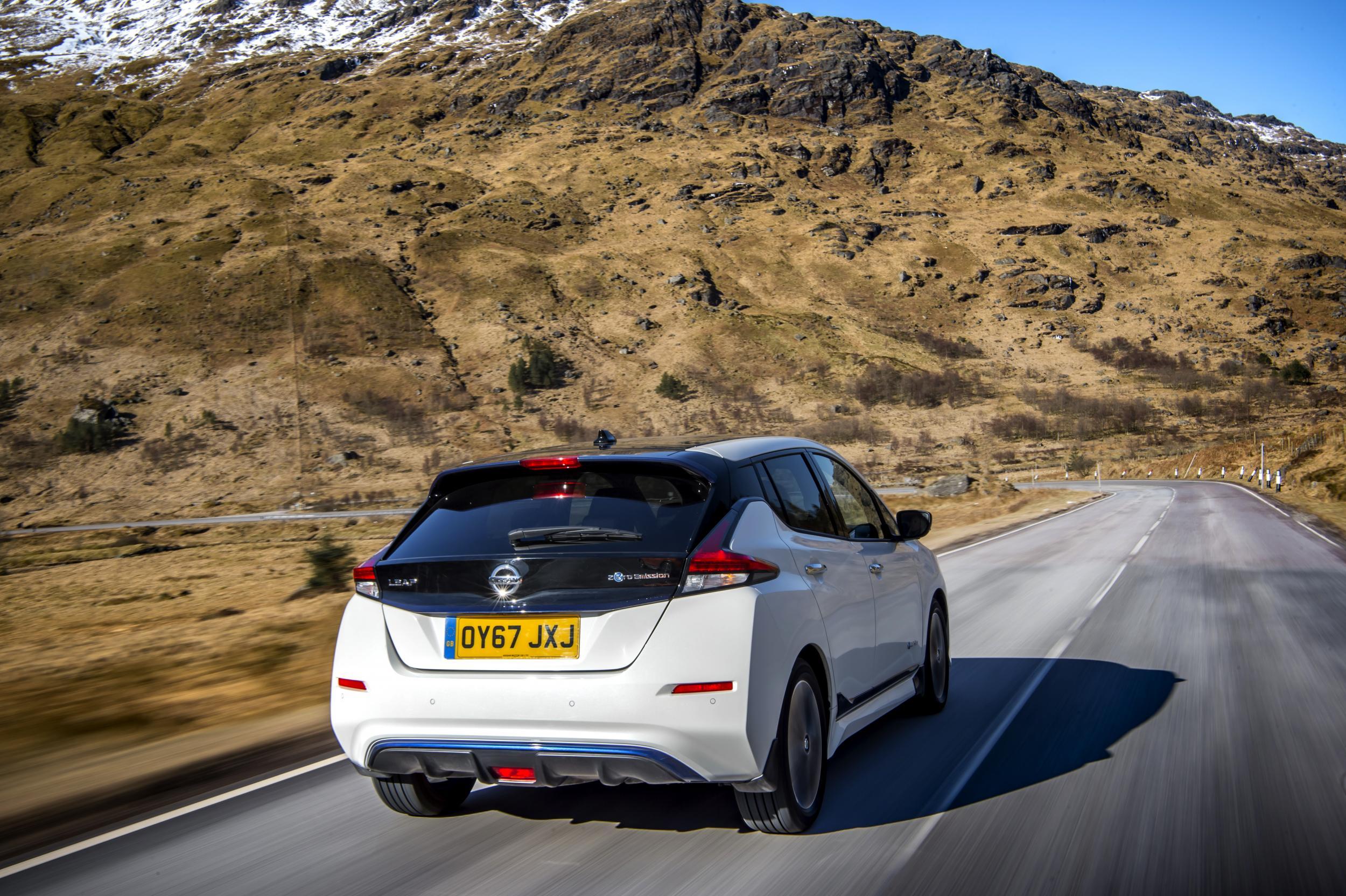
All this progress is mostly based on improvements in battery power, or “density”, meaning more concentred output of kilowattage from any give volume of lithium-ion battery space. Thus, basic power is up 38 per cent and torque (turning force, handy for low speed acceleration) is improved by 26 per cent. It is, then nippy enough, with a 0 to 60 mph time of 7.9 seconds (vs 11.5secs for the Mark 1). Where the Leaf parts company with conventional rivals is in its top speed – despite its aerodynamics (0.28 cd) and powerful drivetrain it won’t quite top 90 mph. The traditional bugbear of the electric vehicle, that it runs out of puff as velocity rises, hasn’t been abolished.
Like all electric cars, the Leaf is impressively quiet, very smooth and has a well damped suspension set-up. Apparently this work on ride comfort is done in the UK, both because Nissan boasts a technical centre at Cranfield and Britain now boasts some of the roughest roads in Western Europe. On its pock-marked post-Beast from the East test route in Scotland the Leaf managed to maintain most of its composure.
Apparently “Leaf” stands for Leading Environmentally Friendly Affordable Family Car, a contrived acronym better called a “backronym”.
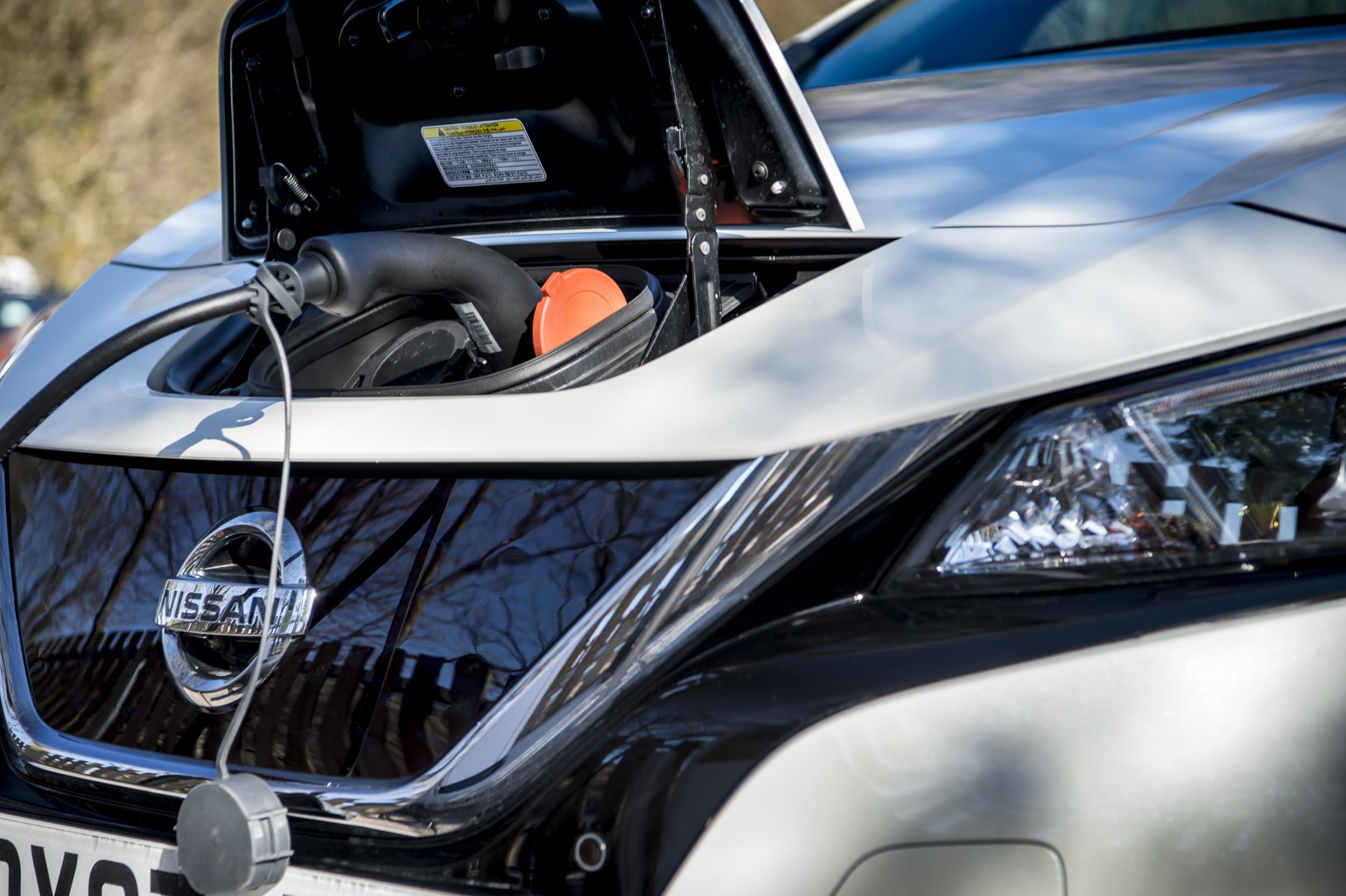
It is though a pretty unexciting, unsexy kind of badge for this most advanced piece of machinery, and undersells it badly. You’d agree, I think, that “Prius” has a better, more futuristic feel, though the Leaf’s Toyota rival persists with an internal combustion engine alongside the electric motor, which doesn’t really work in technological terms, though it certainly has done commercially.
The spec
Nissan Leaf Tekna
Price: £28,755 (excl £4,500 govt grant. Range starts at £21,990)
Motor: Electric; 1-sp auto
Power output (hp): 147
Battery capacity: 40kWh
Top speed (mph): 89.5
0-60mph (seconds): 7.9
Fuel economy (mpg): n/a
Range: 258 miles (WLTP basis, city cycle);
168 miles (WLTP basis, combined cycle)
235 miles (NEDC basis)
CO2 emissions (g/km): Zero at source
On board charger (kW): 6.6
Quick charger capacity (kW): 50
Charging time (domestic) (hours): 7 to 26
Charging time (rapid charger, mins): 40 to 60
In any case the Leaf is indeed a decent family car, and arrives in most versions with the usual climate control, near-autonomous driving aids and heated seats and wheels to cosset you. The new car also looks more normal than the old one. Whether you want to tell the world how green you are by driving something that looks a bit funny is something only you can decide, but a more normal looking car might suffer less depreciation.
The only “fail” I could mark it on was a reluctance by the automatic parking system to identify a space and then steer into it by itself. It was fine with an open, empty car park, but that isn’t really the point.
The driving novelty, I mean apart from full electric seamless power delivery, is something Nissan have developed called the “e-pedal”. If you press this button it means your normal accelerator pedal is converted into joint accelerator pedal plus brake pedal (though you still have a brake pedal anyway). The sensation, before you get used to it, is akin to driving with the handbrake on. Once accustomed, which takes about 20 miles or so, you start to enjoy and appreciate it. To slow down you only have to lift off the throttle and the car will decelerate (logically enough) quite firmly, rolling to a stop (if you wish it) without you touching the normal footbrake pedal. The e-pedal is well-weighted, so you can make minuscule adjustments quite gracefully. Other electric cars, such as the BMW i3 also have similar system (with adjustable braking inputs), and also use braking power to regenerate the batteries by creating resistance; but the Leaf adds in some conventional braking force too. The net effect is that the conventional foot brake pedal is hardly needed except in an emergency and to start the ignition (as a safety measure). The automatic box is one simple lever.
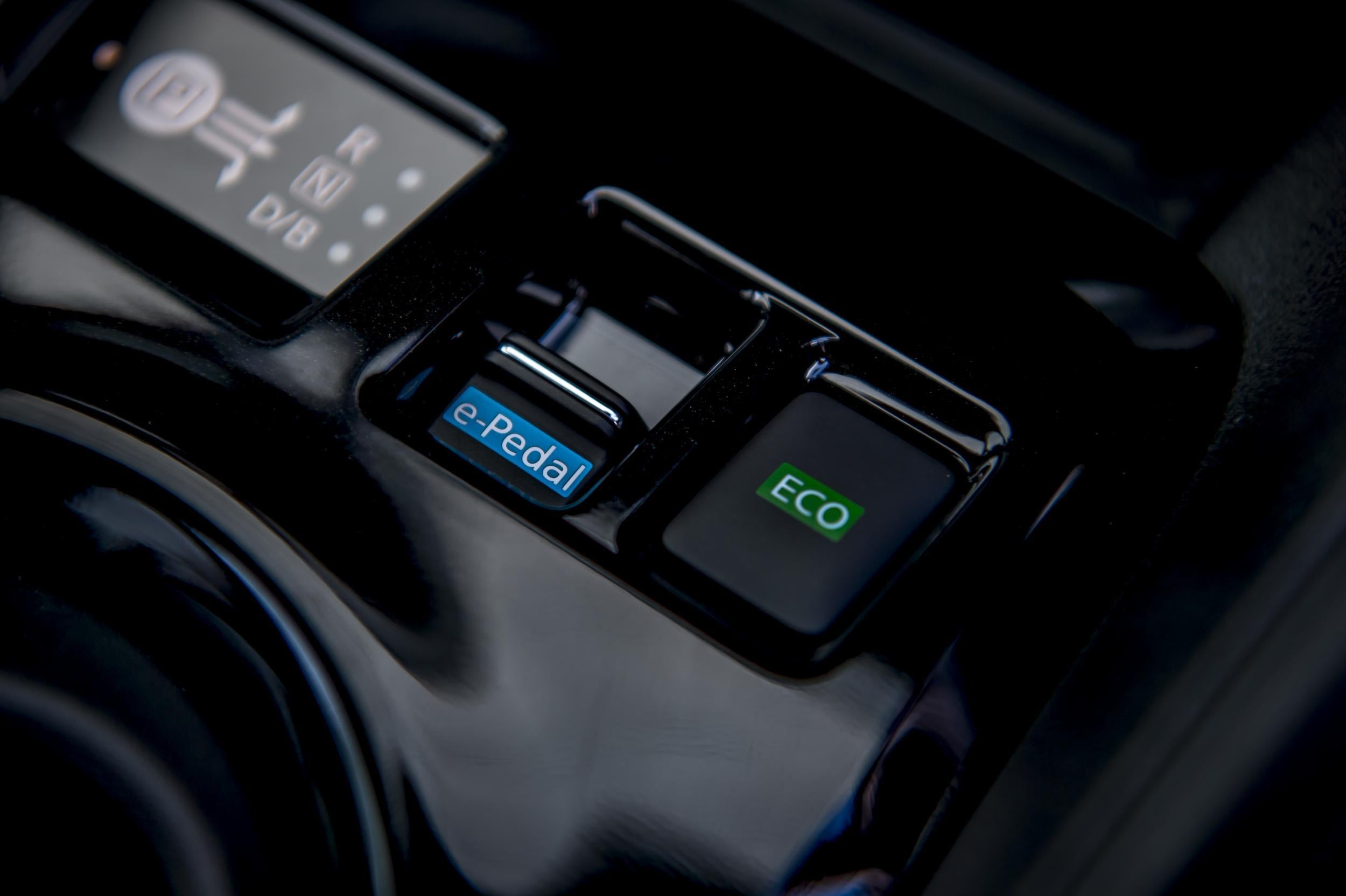
The Leaf is cheap to run but, even with a government grant, expensive to purchase or lease for what it is – a Golf/Astra/Focus rival. You can’t really run a Leaf without access to a drive, and you’d need to instal a proper home charging point (for which there is also a government grant). Flat dwellers and those in terraced homes are still left out of the green car revolution.
On the go, charging time from low to 80 per cent takes 40 to 60 minutes (via a quick charging you might find on the motorway), while it’s around 7.5 hours from low to 100 per cent with a typical 7Kw domestic wallbox.
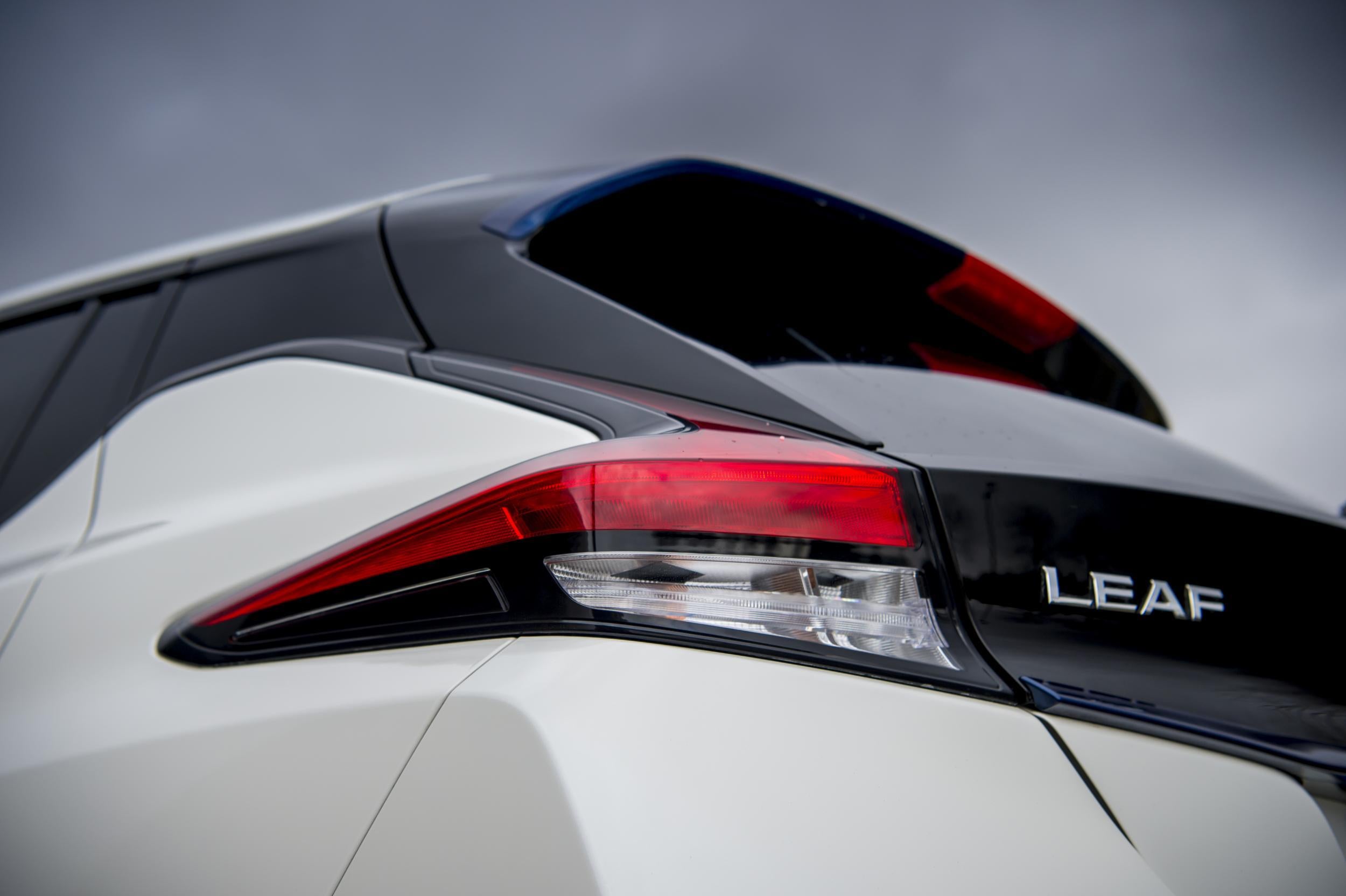
Basically, the total investment is substantial – car plus box can easily exceed £30,000 even with the subsidies. Against that, you will enjoy virtually zero running costs, and probably a long life for a vehicle with fewer moving parts. You’ll also need a spread sheet to work out where your personal break-even point rests, taking into account your pattern of mileage, congestion charging, road tax and that sort of thing.
Aside from that you can also make some allowance for how you’re acquiring a period of cutting-edge engineering and doing your small bit to keep the air clean and the planet alive. (Though no doubt the rapid increase in range will make even this car look obsolete quite soon). The economics, in other words, don’t add up for that many of us. That, I suppose is why we still see too few Leafs around. Otherwise they’d be everywhere.
Join our commenting forum
Join thought-provoking conversations, follow other Independent readers and see their replies
Comments